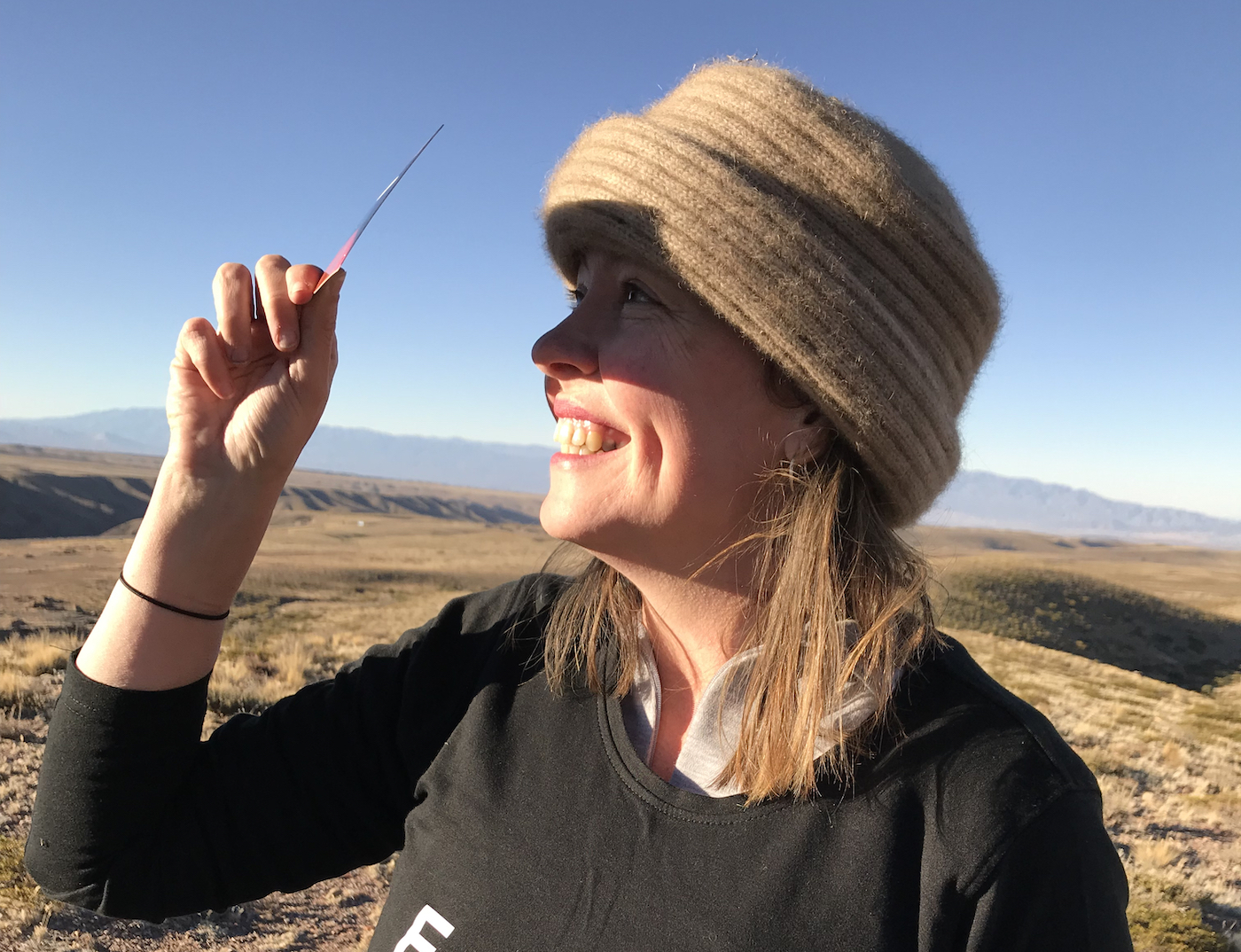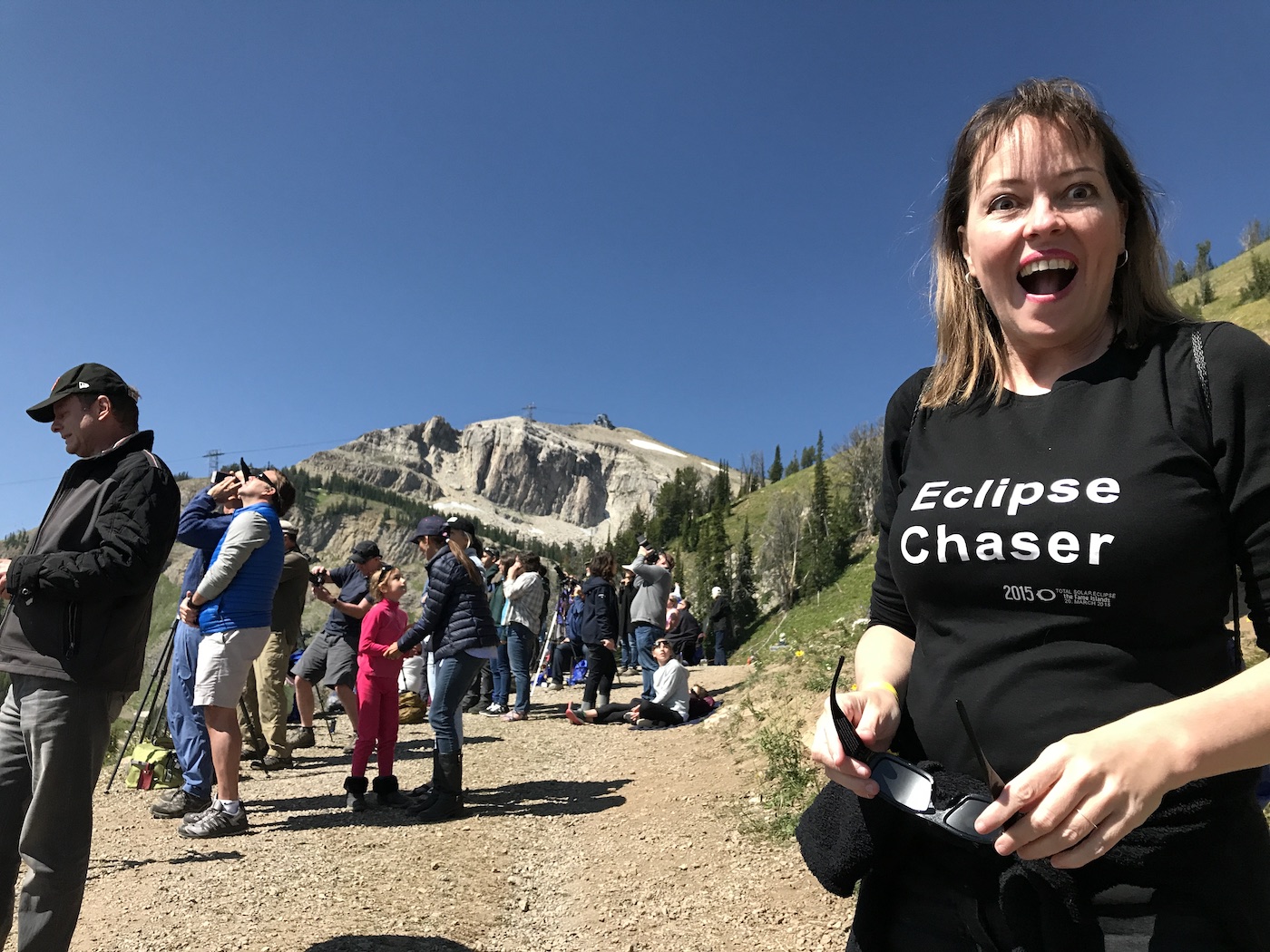A Short History Of Umbraphile Marvels And Mishaps
For some people, seeing an eclipse is a chance encounter. For umbraphiles, it’s a lifestyle. It doesn’t always work out.

In the summer of 1999, psychologist Kate Russo traveled from Belfast to the coast of France to see her first total solar eclipse. As she watched the moon slide over the sun, the sky darkened. The temperature dropped. Time seemed to stand still. A mix of fear and excitement crept over her as she felt for a moment everything she understood about the world was wrong.
“That is the precise moment that I became an eclipse chaser,” Dr. Russo says.
For as long as scientists have been able to predict eclipses, so-called eclipse chasers, or “umbraphiles,” have been traveling the world to see them.
But eclipse chasing doesn’t always go as planned. History is full of stories of mishaps, according to Dr. John Dvorak, author of Mask of the Sun: The Science, History and Forgotten Lore of Eclipses. During the Revolutionary War, Samuel Williams, a mathematics professor at Harvard, was granted permission to travel to a part of Maine occupied by British forces to view the total solar eclipse of October 1780. After months of planning, Williams led a small group to an island off the coast. They watched as the moon moved over the sun—but it never fully eclipsed it. A miscalculation had led them to the wrong location.
Nearly a century later, American astronomer Dr. Asaph Hall spent months sailing from New York to Siberia to observe the 1869 total solar eclipse. The morning of the eclipse, the sky was clear. But then, when the moon started to pass over the sun, clouds rolled in and blocked his view.
“The bane of eclipse chasers is weather,” Dvorak said.
In the early days of eclipse chasing, it was largely scientists and people who had access to transportation who could chase them. One notable chaser in the late 1800s was Mabel Loomis Todd, a writer who’s known for posthumously editing and popularizing the poems of Emily Dickinson. She traveled by train and ship to see solar eclipses with her astronomer husband, and authored articles and books about the experiences.
“I doubt if the effect of witnessing a total eclipse ever quite passes away,” Todd wrote.

Nowadays, eclipse chasing is a lot more accessible, with precise information about when and where to view available online. Still, even with the best planning, there’s always the possibility the weather will change in an instant or one rogue cloud will block the eclipse from view.
Since her first experience in France, Russo has seen 12 total solar eclipses, from locations including Madagascar, Mongolia, and the middle of the Pacific Ocean.
Both she and Dvorak plan to travel to Central Texas to see the total solar eclipse on April 8. Unlike a lot of eclipses, which often cross water and remote areas, this one will appear over thousands of communities in North America. Many people will experience a total solar eclipse for the first time and, perhaps, enraptured by the beauty and eeriness of the moment, become part of a new generation of umbraphiles.
This was an installment of our 2024 limited-run eclipse newsletter, “Moon Mail.” See the full “Moon Mail” archive here.
Marisa Charpentier is a freelance journalist based in Brooklyn, New York.